Windows
- Undo:+or
- Hint:
- Navigate:
- Select:(once)
- Move:in the new spot
Build all cards into 8 columns in descending order from K to A (e.g., 10, 9, 8).
Completed columns are automatically removed.
A sequence of cards in descending order can be moved together as a unit.
When no more moves are left, click the deck to deal one card to each column. You can only use the stock when there are no empty columns.
You can start an empty column with any card.
How to play Spider Solitaire in a few minutes
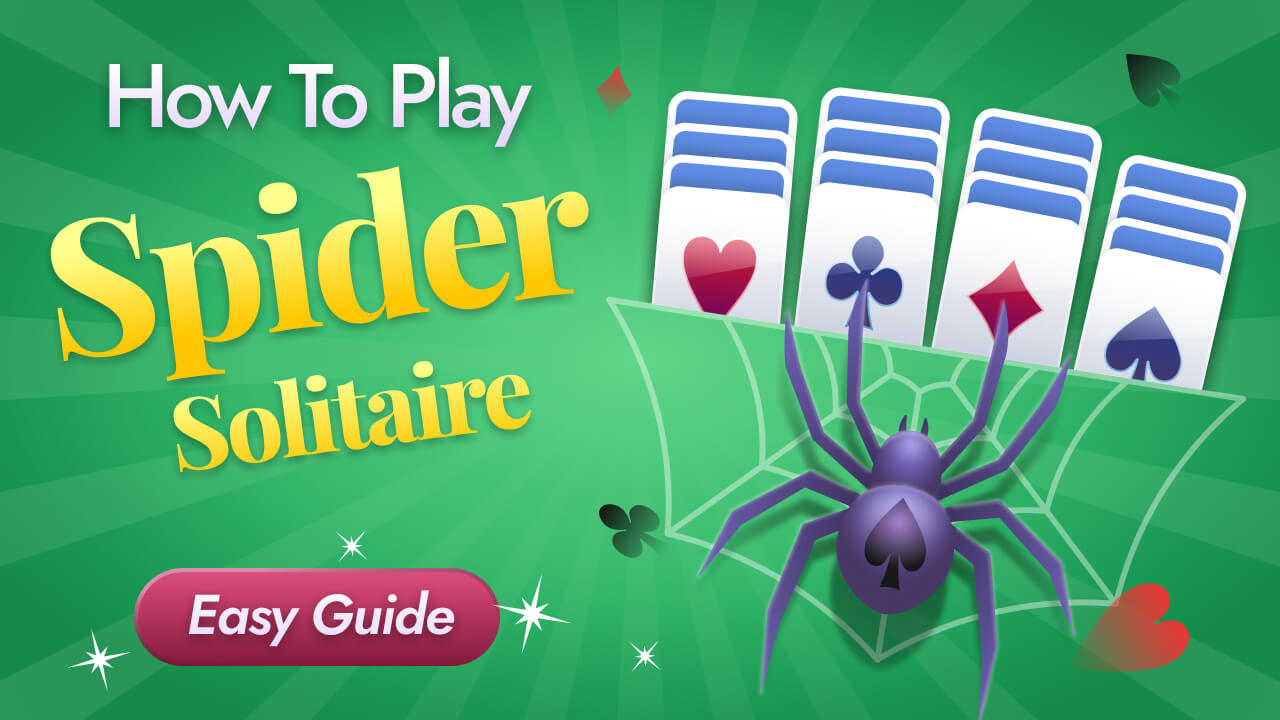
Play Spider Solitaire to test your problem-solving skills. This exciting game can help stretch your critical thinking and brainstorming abilities, keeping your mind active. And not only that, but as a solo-player game, Spider Solitaire can help break up the everyday monotony with something fresh and fun. If you’re looking for a mind-stimulating challenge, this is your game!
Spider Solitaire can help you build core skills to apply in everyday life. For example, playing regularly can improve your creativity, help you tackle decision-making in complicated situations, and teach you how to focus on the big picture while handling individual parts.
You’ll find that the unique Tableau layout triggers different cognitive thinking patterns, allowing you to develop your own strategies for success. But don’t just take our word for it — play the game yourself, and you’ll feel its impact on real-world situations too!
Welcome to our Spider Solitaire web! Organize 104 cards into structured sequences, and feel the thrill of unleashing your Solitaire skills.
Spider Solitaire offers you a twist on the original version of Solitaire. But don’t be fooled by its simple layout! Like those caught in the web of a crafty spider, novices may find themselves getting stuck in a complicated web of cards. Once you understand the layout, you’ll see why!
The Spider Solitaire layout has only two main sections — the Tableau and the Stockpile.
Cards drawn from the Stockpile have to be used! While there isn't a clearly visible Foundation section, each completed suit will therapeutically swirl around your screen and be placed off to the side — a very satisfying moment!
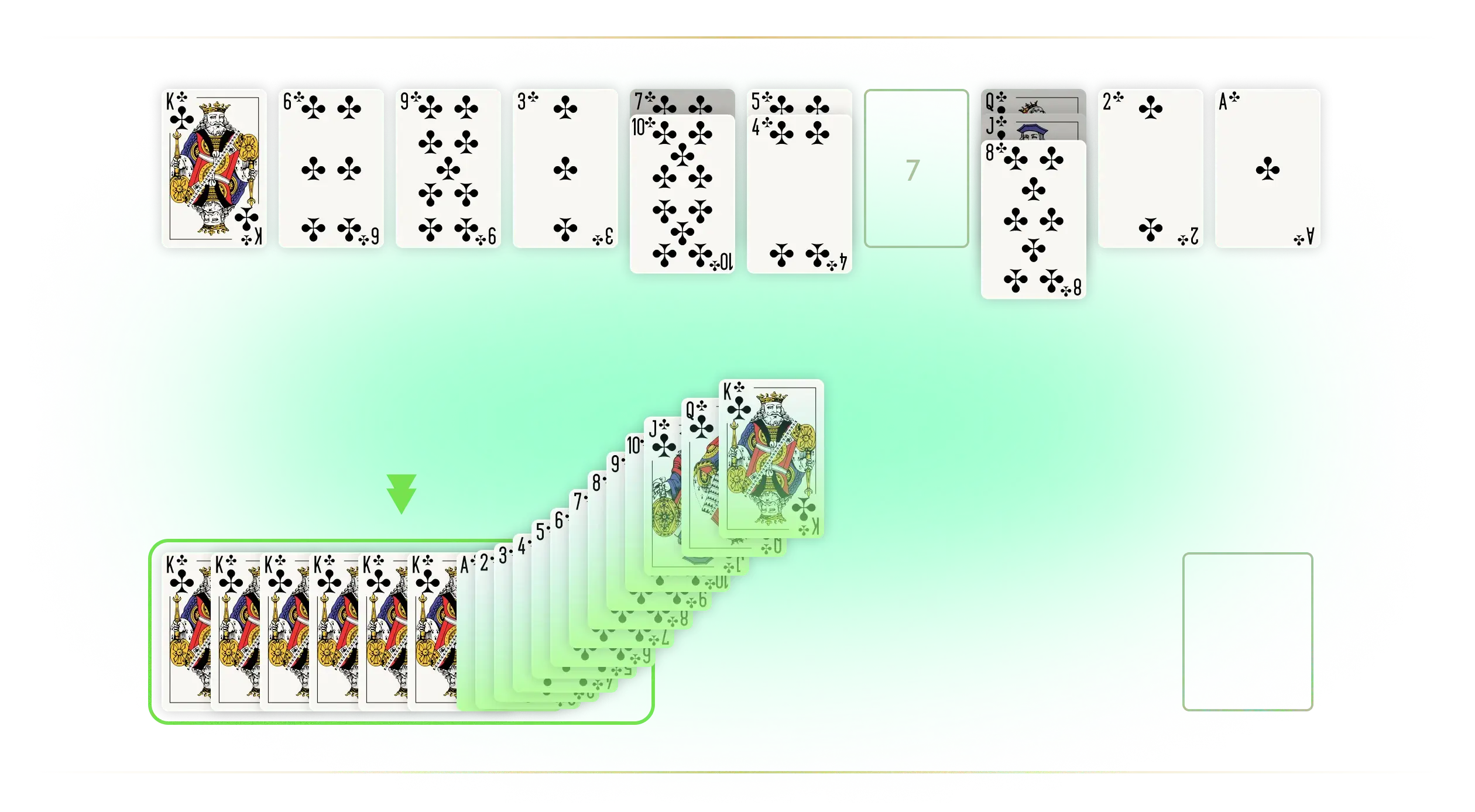
Organize cards on the Tableau in their respective suits AND in descending order.
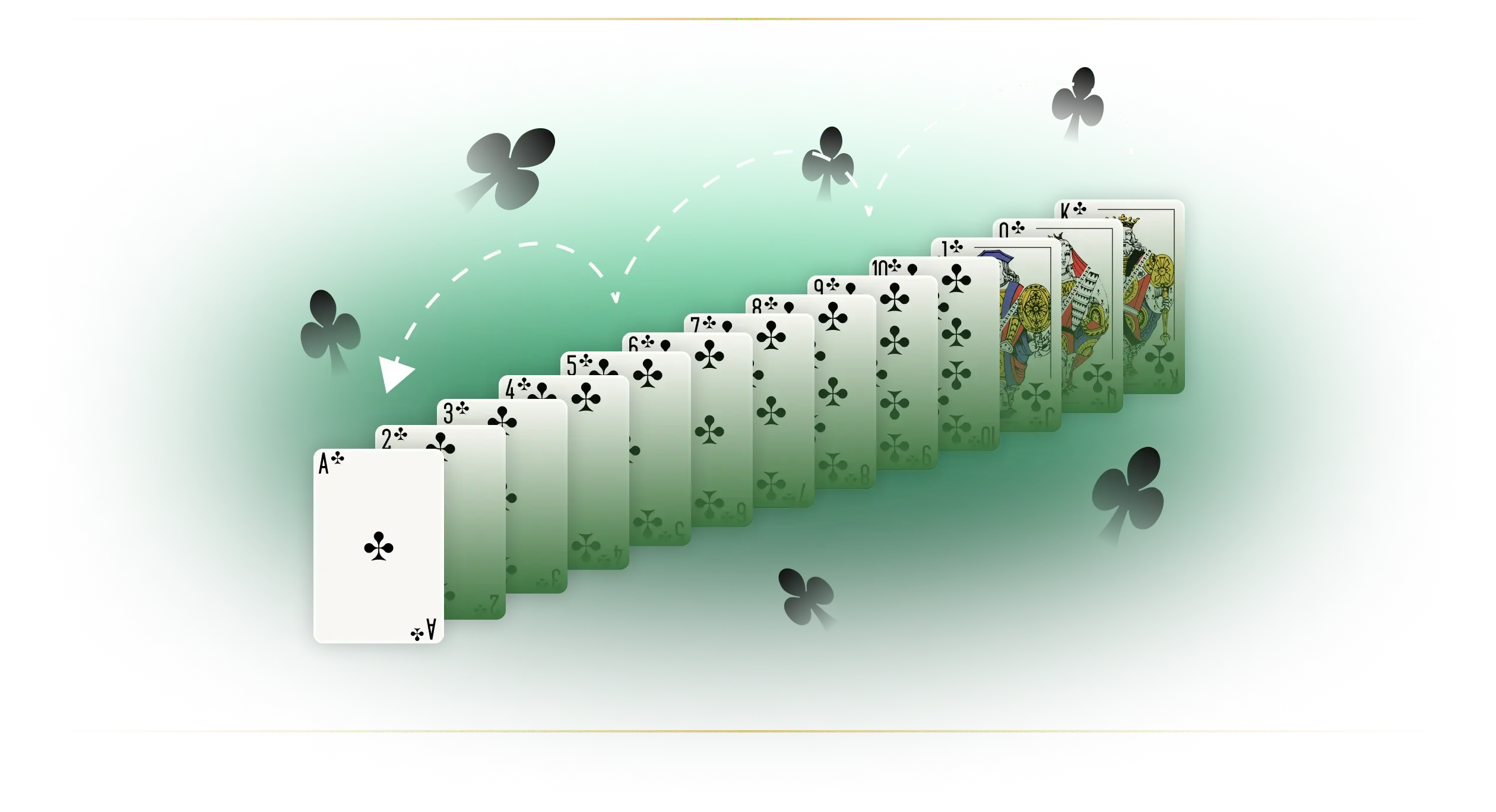

Want to change up your strategy? Use our UNDO button to go back as many moves as you’d like.
We understand that some users are attached to your keyboard. That’s why we’ve created several helpful shortcuts to optimize your playing experience. Here are some easy-to-use keyboard shortcuts for Windows and Apple computers.
Are you ready to unravel your Spider Solitaire skills?
Step away from reality and slide into the soothing world of Spider Solitaire. Our immersive experience will leave you calmer than ever before!
Spider Solitaire enthusiasts love the challenge of the game. The art of formulating logical strategies feels like a break from the complexities of real life. We understand, and we’re here to cheer you on! Start unraveling your web of cards today!
We understand that playing Solitaire isn’t just about the game—it’s about the experience. Our platform is built to bring players to the heart of Solitaire. Your triumphs, challenges, and overall playing experience drive our purpose. Let’s win together!
Add The Solitaire to your desktop and never search for it again
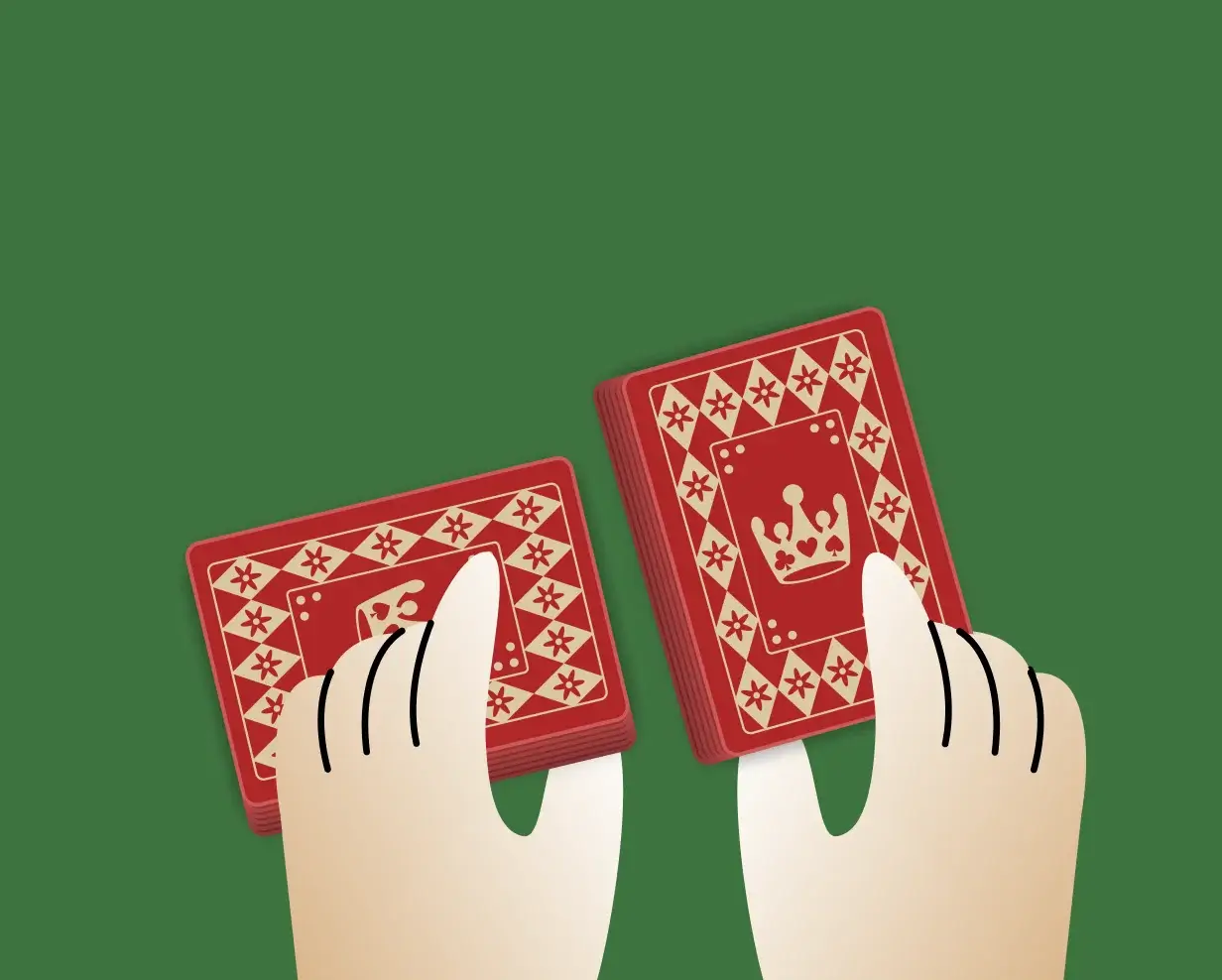

At first glance, you will notice the largest section of the layout, which has 10 stacked columns of cards. This section is called the Tableau and consists of 54 cards. At the beginning of the game, only 10 of these cards are face-up — one in each stack — while the remaining cards are face-down. From left to right, the first four columns have 6 cards each, with 5 cards facing down and the last card facing up. The remaining six columns have 5 cards each, with 4 cards facing down and the last facing up.
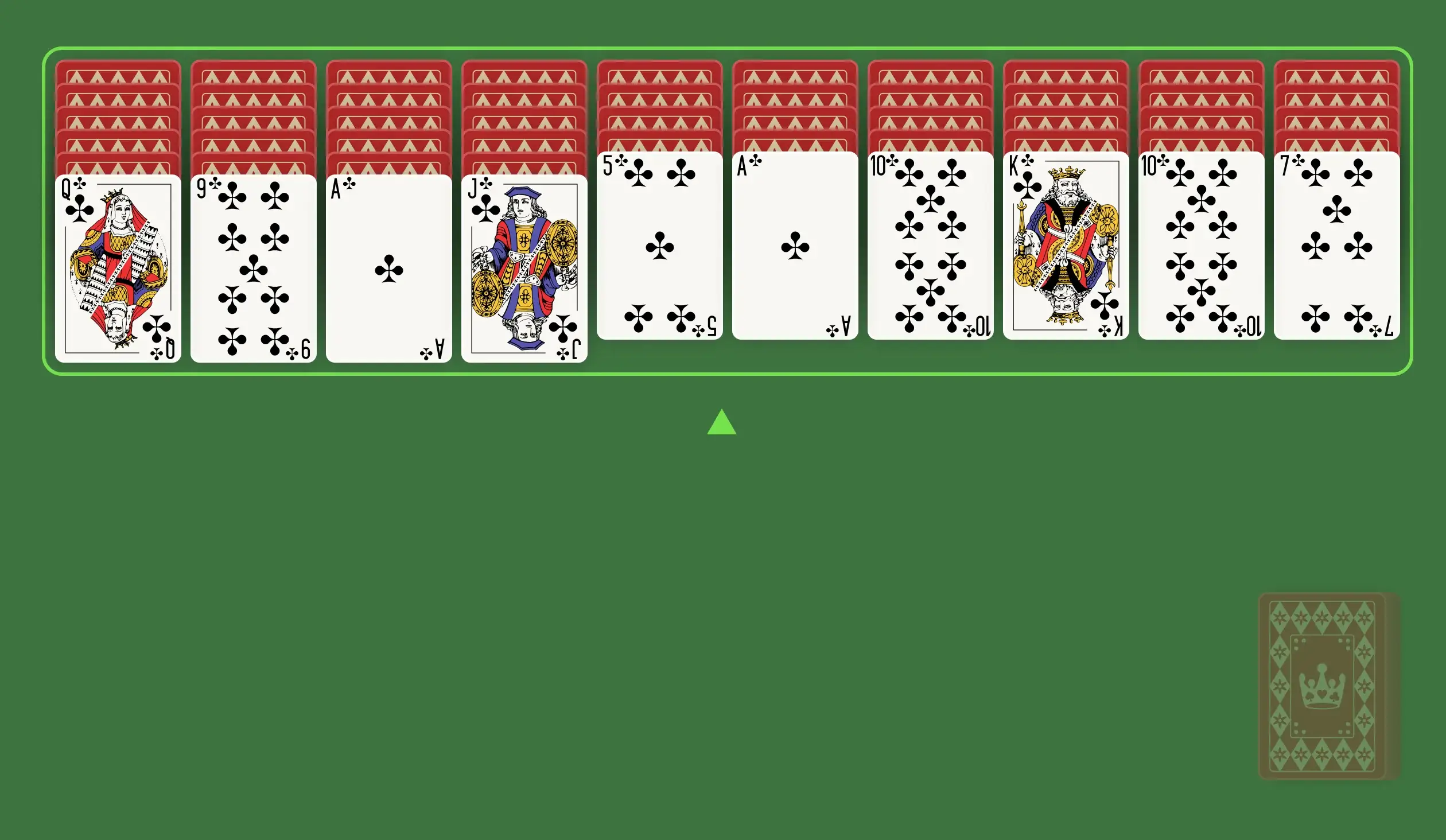
Your “fun stash” consists of the remaining 50 cards. This stack of cards is called the Stockpile and tests the boundaries of your self-restraint. The Stockpile cards are face-down and free to use anytime during the game. But wait! This is where the web gets sticky. That’s because every time you access the Stockpile, 10 cards are revealed at the same time and must be placed on each Tableau column. Surprise! That’s what makes it such a fun challenge. Using cards from the Stockpile can either make or break your game. While it provides you with 10 new cards to work with, it can also get in the way of the wonderful progress you’ve been making in the Tableau columns!
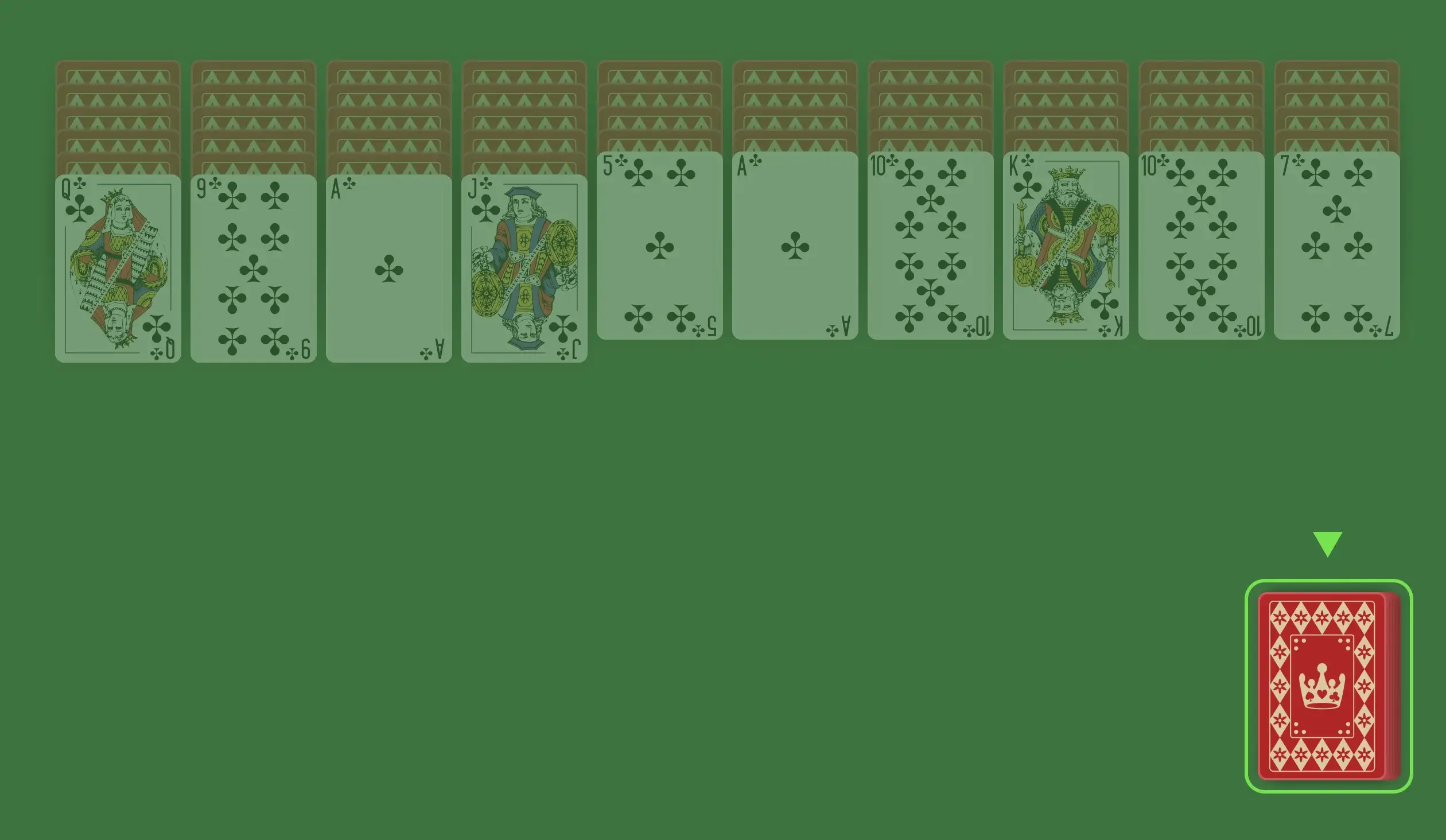
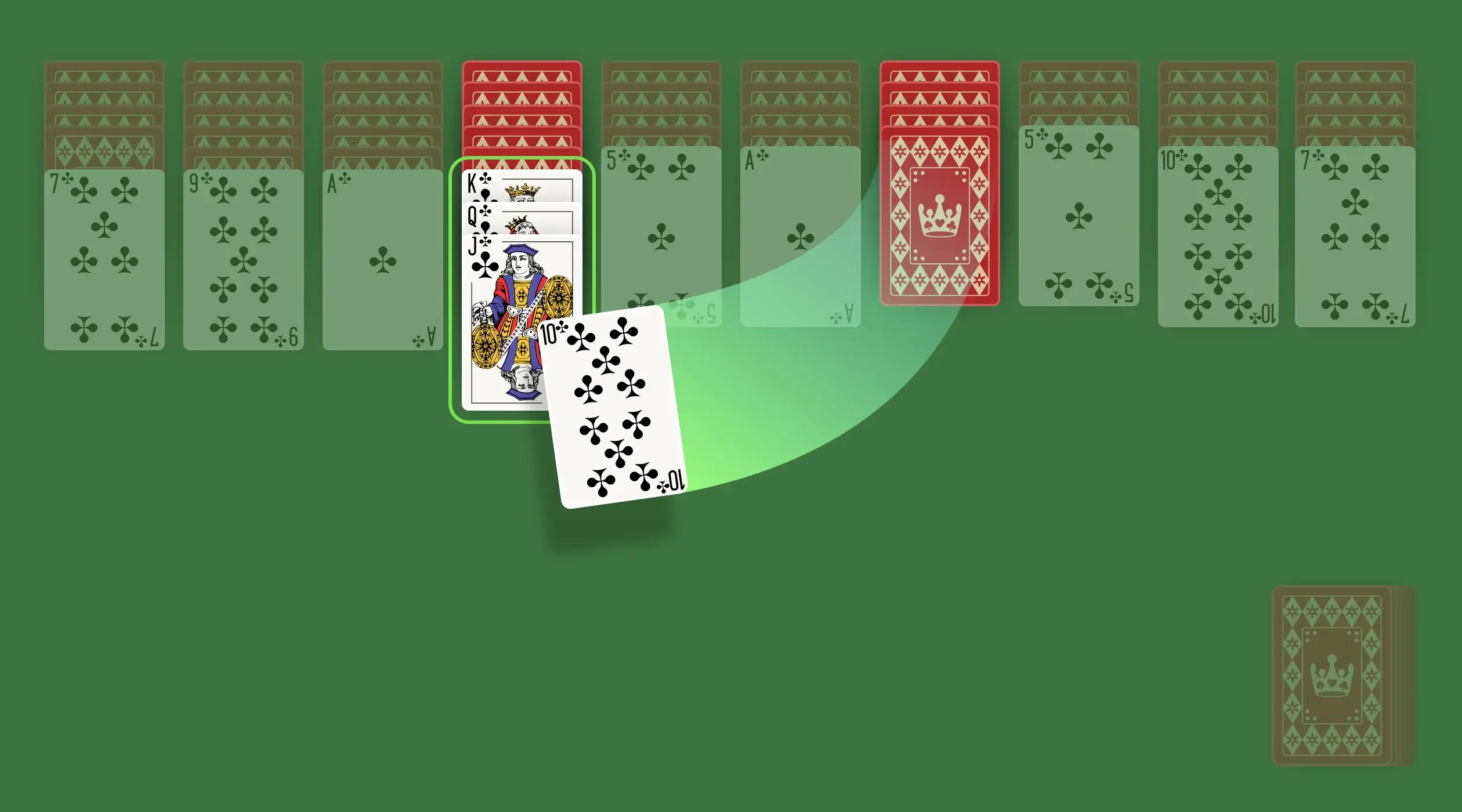
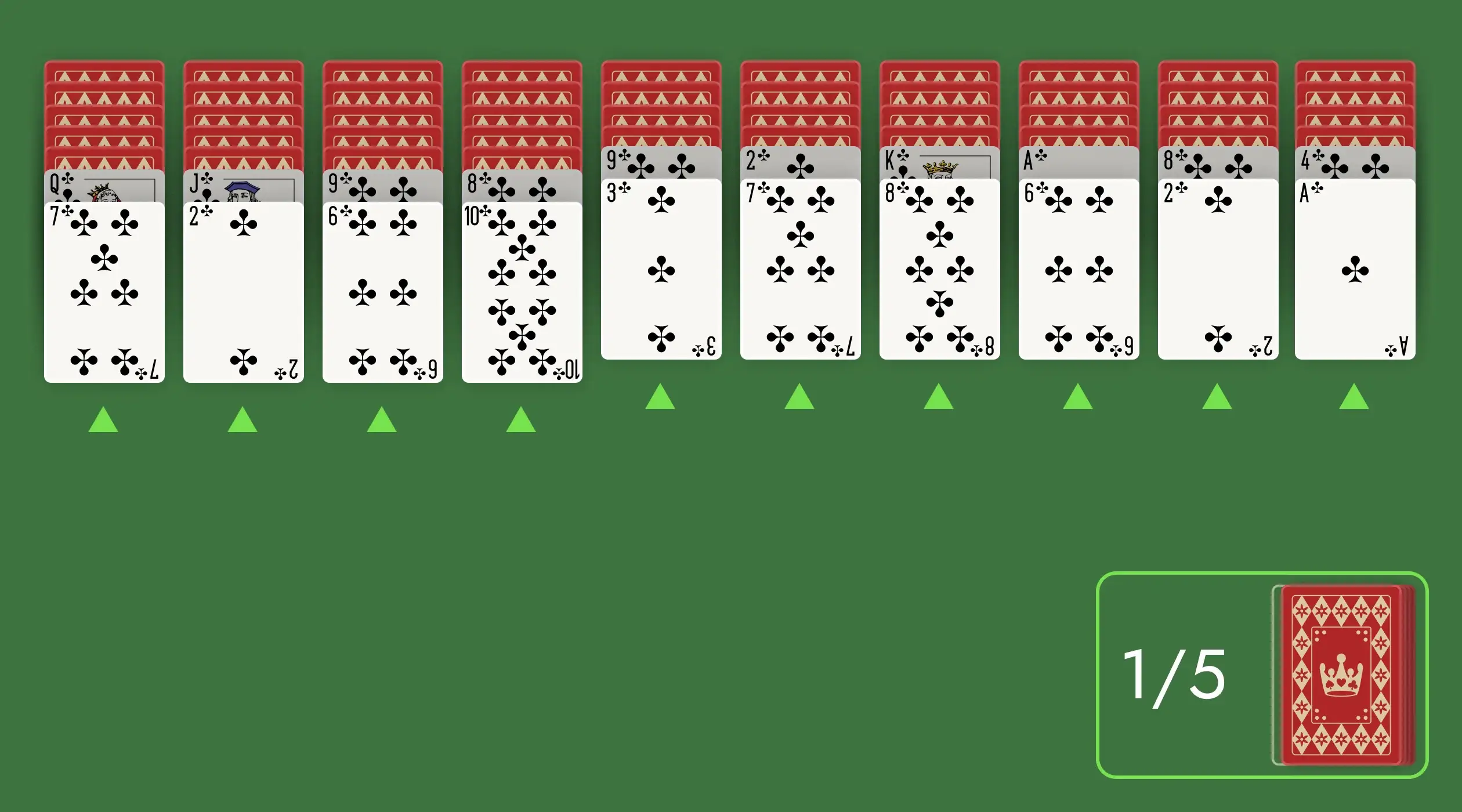
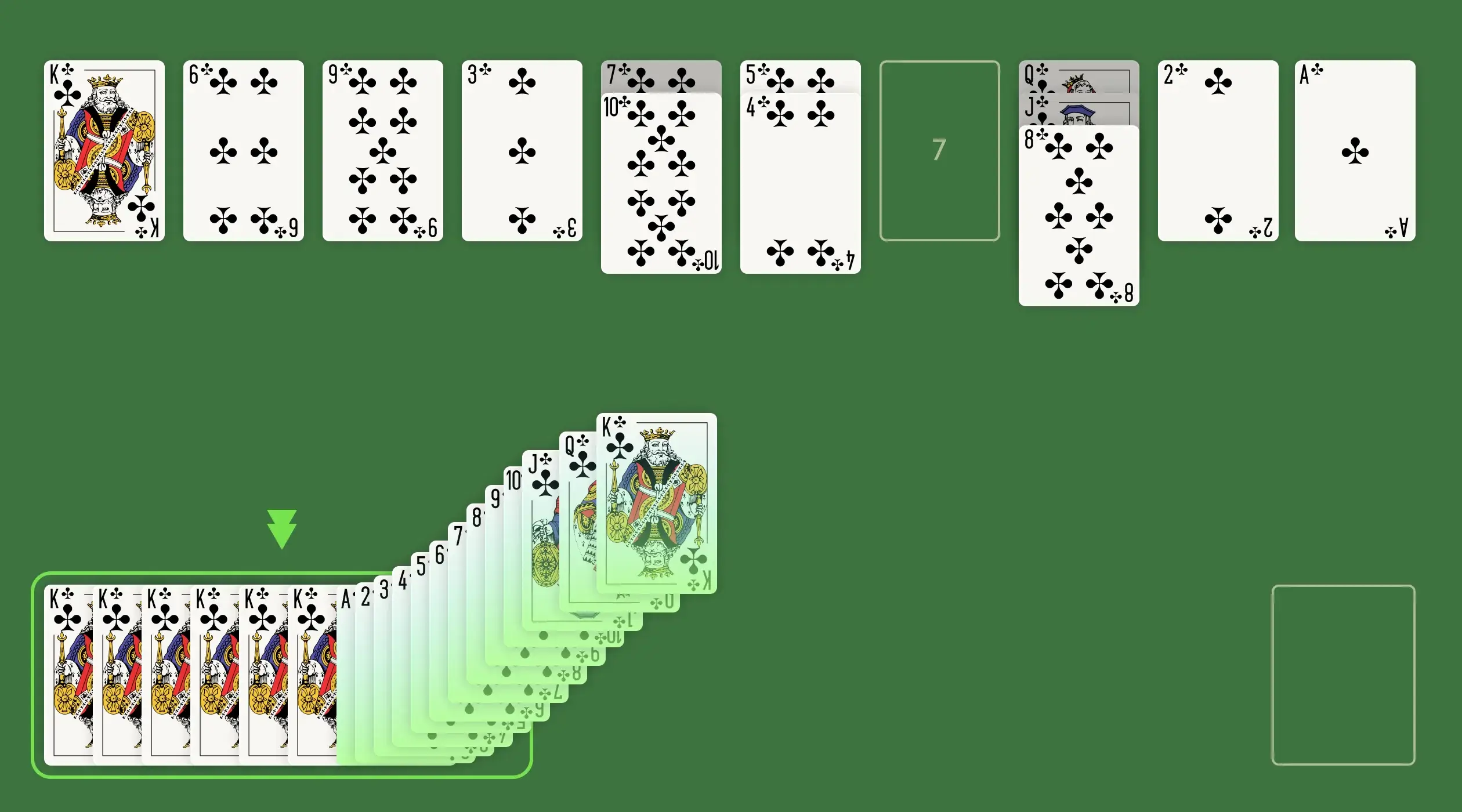
Choose 1-Suit Spider Solitaire if you are a beginner and learning the ropes.
Choose 2-Suit Spider Solitaire if you are an intermediate player and want a little challenge.
Choose 4-Suit Spider Solitaire if you are ready to spin the ultimate web.
An empty column is your trump card for a killer strategy. Saving your empty columns till you’re stuck is our best advice. You’re welcome!
Organize the cards in your Tableau section first, and use the Stockpile only if you are truly stuck.
Spider Solitaire is all about strategy. When playing, you may come up with several strategies to win. Our UNDO button will help you rethink your strategic moves.
If you’re tangled in a web of strategies, our HINT button is only a click away!
The chances of winning a game of Spider Solitaire are about 1 in 3.
Solitaire was invented in 1949. It gets its name from the eight legs of a spider, referring to the eight organized suits needed to win the 4-suit variant.
Spider Solitaire is one of the most popular variations of Solitaire
Microsoft declared May 22 as National Solitaire Day in 2018.
In 1016, a man in the UK claimed that playing Spider Solitaire for a month helped him break the Mensa-IQ test record!